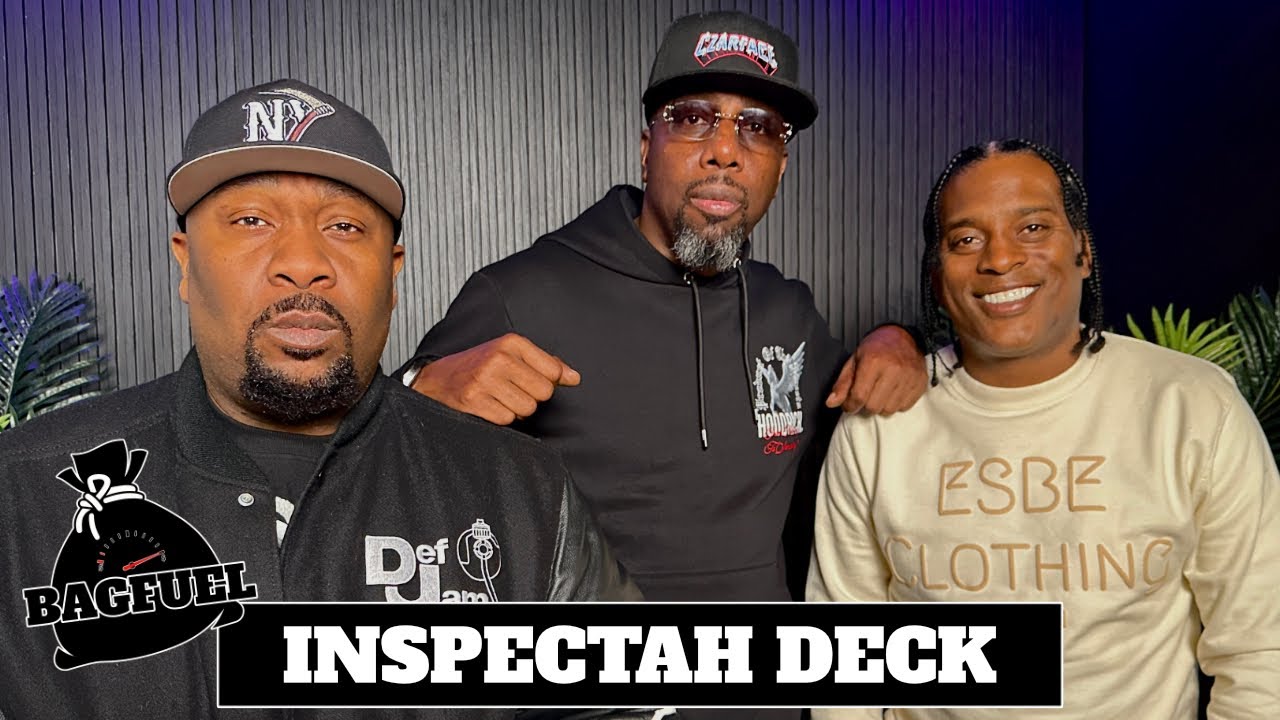Interview with Soren Baker on his new book ‘The History of Gangster Rap’

Following the news about the release of a new book ‘The History of Gangster Rap‘ by one of its most noted documenters, Soren Baker, BlackoutHipHop had the chance to catch up with the legendary journalist and get his perspective on what made him wrote the book, most important year for gangster rap and why it should definitely be considered as an art form.
Hit Continue Reading to check out the full interview and make sure to cop The History of Gangster Rap via Amazon.

How did the idea for such a book come to you on the first place?
I got the idea to write “The History Of Gangster Rap” after talking with my manager, Jorge Hinojosa. I used to co-host Open Bar Radio with Xzibit on 93.5 KDAY in Los Angeles. Jorge, who I’ve known since the 90s and who also manages Ice-T, had heard me on the radio and called me asking why I wasn’t writing the major rap books that were coming out. I told Jorge that I’d written several books and had several others fall through. I told Jorge that if he wanted to help me, I would appreciate it. Jorge asked me what I’d want to write. We came up with three ideas that we both liked and decided to pitch “The History Of Gangster Rap” first. We were fortunate that Abrams Books thought it was a great idea and agreed to publish it.
You have done so many interviews with almost all legends in the game. What caught you in gangster rap to dedicate so much energy and time into that significant part of the culture?
When I started listening to gangster rap in 1985, it wasn’t known as gangster rap, yet. By the time the sub-genre had a name several years later, many of my favorite rap acts were gangster rappers, including Schoolly D, Ice-T, Eazy-E, N.W.A. & Ice Cube. I found gangster rap the most important, interesting, and influential rap sub-genre. I thought that gangster rap, more than anything else, provided a voice to the voiceless. I also thought that the stories the artists told were insightful, intense, memorable, and important. The stories gangster rappers told exposed a lot of the horrors going on in black urban America, stories that white mainstream American either ignored or were unaware of.
Foreword is provided by Xzibit. How did you select X for this intro?
I’ve been friends with Xzibit since the mid-90s. Like me, Xzibit grew up admiring and loving gangster rap. He then became part of it as an artist. Through our time together over the years, I know that Xzibit has a keen insight and an interesting perspective on music in general and gangster rap in particular, so I thought he would be great to provide the intro for “The History Of Gangster Rap.”
The book features hundreds of photographs, some of them published for the first time. How did you get these? Did some of the artists provide them directly to you?
I took the majority of the photos that are featured in “The History Of Gangster Rap.” I love taking pictures, but got away from it as my writing career took off. I’m glad I was able to feature several of my photos in “The History Of Gangster Rap.” I got the other photos from the artists themselves, and from photographers I know.
The sub-title is ‘The Rise of a Great American Art Form’. Do you see all these years as a constant rise for gangster rap and what do you think about the current state?
I think gangster rap, like all other art forms, has its own ebb and flow. I think the genre took a creative hit in the aftermath of the murders of 2Pac & The Notorious B.I.G. In the wake of those deaths, gangster rap from Los Angeles suffered because the labels didn’t sign gangster rappers from Los Angeles because they didn’t want the potential problems that come with the music. Soon thereafter, though, the genre rebounded thanks to Master P and No Limit Records, as well as the return of Snoop Dogg & Dr. Dre, and the emergence of Xzibit, Tha Eastsidaz and others.
Which period do you consider as the most important one?
I think the most important period is 1991. I dedicate a chapter of “The History Of Gangster Rap” to that year. You have albums from DJ Quik, Compton’s Most Wanted, N.W.A, Cypress Hill, Ice Cube, Ice-T, and others, as well as the release of “New Jack City” and “Boyz N The Hood.” In 1991, N.W.A’s LP became the first No. 1 album in the SoundScan era, and those films were tremendous box office successes that launched the acting careers of Ice-T and Ice Cube, respectively. I would say that gangster rap took over rap in 1988/1989, and began dominating popular culture in 1991.
What would you say to all the people that don’t consider gangster rap as an art form?
I would say that those people should read my book “The History Of Gangster Rap.” Gangster rap is filled with incredible stories that are as riveting as those in any book, article, poem, or movie. I wrote my book “The History Of Gangster Rap,” in part, to showcase and highlight how powerful these stories are, and to illustrate how they continue resonating today. America is still shaped by violence, drugs, gangs, police brutality, social inequities, economic disparities, and subjective application of the law. All of these topics have been explored by gangster rap since the genre emerged in 1985. Unfortunately, all of these issues remain relevant today, making gangster rap as vital as ever.



You must be logged in to post a comment.